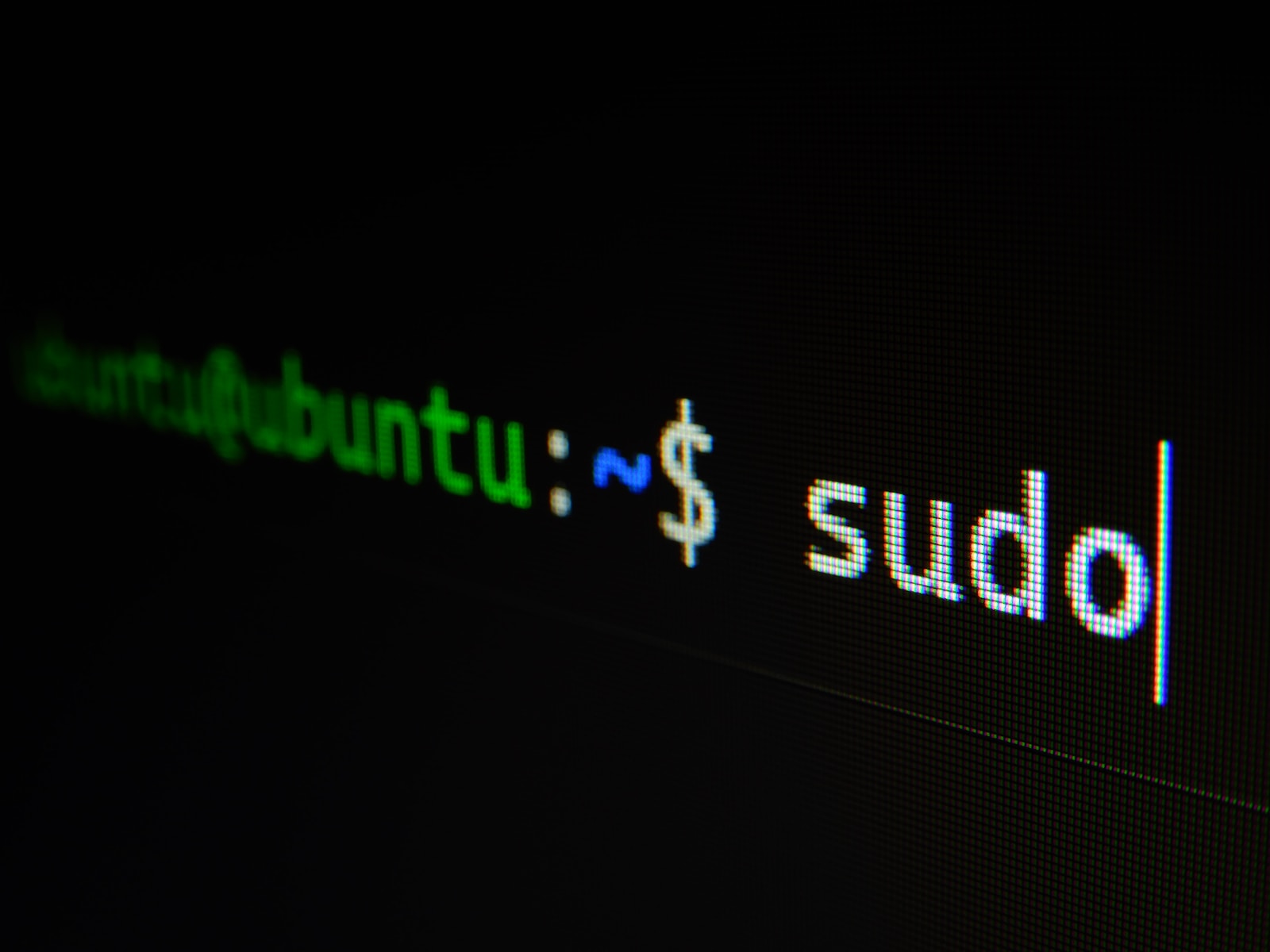In the world of Linux and Unix-based systems, efficiency is key, and the screen utility is a game-changer. Whether you’re a system administrator, developer, or just a power user, ‘screen’ offers a vital tool for optimizing your terminal workflow.
It allows you to create multiple terminal sessions within one window, ensuring you can seamlessly switch between tasks. What makes ‘screen’ truly indispensable is its ability to persist sessions, keeping your work intact even if you’re disconnected or logged out.
From remote access and background task management to collaborative work and emergency recovery, ‘screen’ empowers you to work smarter and more reliably.
Discover how this versatile tool can revolutionize your Linux experience.
In Debian Linux, you can use the screen utility to create and manage terminal sessions. Here are the basic commands to start a screen session, list existing sessions, and reattach to a specific session:
To start a new screen session, open your terminal and type:
screen
This will create a new screen session and provide you with a shell prompt.
To list the existing screen sessions, you can use the following command:
screen -ls
This will display a list of all the active screen sessions, along with their session IDs and status
To reattach to a specific screen session, you need to specify its session ID. If you see the session you want to reattach to in the list generated by screen -ls, take note of its session ID, and then use the following command to reattach to it:
screen -r session_id
Replace session_id with the actual session ID of the screen session you want to reattach to. For example, if the session ID is 12345, you would run:
screen -r 12345
This will reconnect you to the existing screen session.
To detach from a screen session and return to the main terminal, you can use the keyboard shortcut Ctrl-a followed by d (press and hold Ctrl, then press a and release both, and then press d). This will leave the screen session running in the background.
Keep in mind that screen is a very powerful tool for managing terminal sessions, and it has many other features and commands that you can explore by typing Ctrl-a followed by ? to see the available options.
